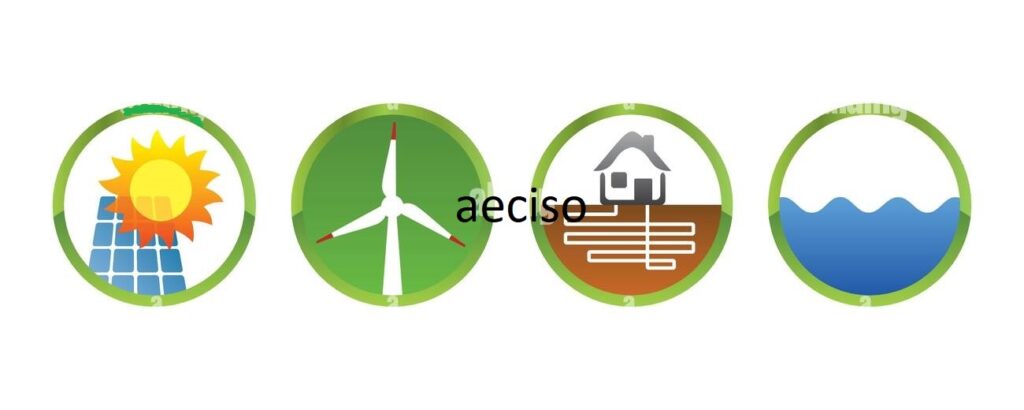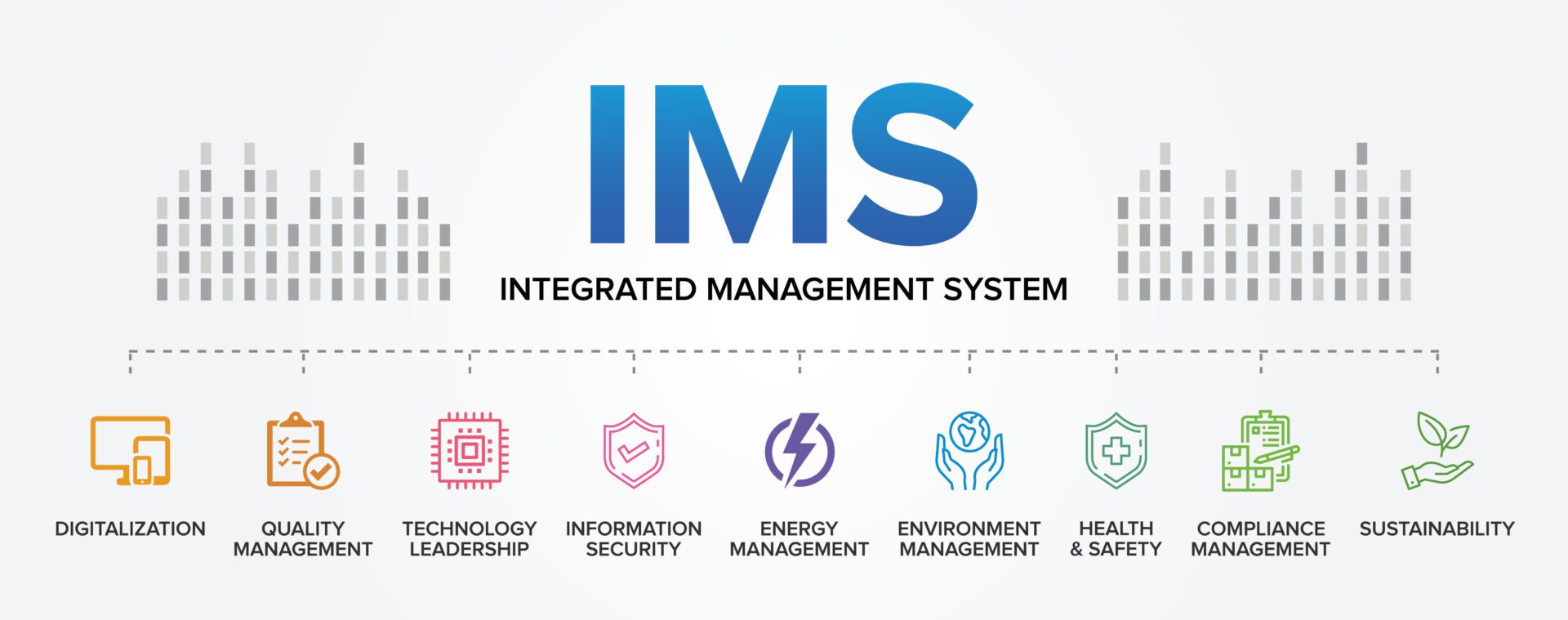
One impactful way for companies to reduce their carbon footprint is by converting their office/ factory energy consumption from conventional to renewable sources, to adopt sustainable practices. Transitioning to renewable energy can be a powerful step, offering both environmental and economic benefits. Switching from conventional to renewable energy offers several advantages:
Benefits of Renewable Energy
Environmental Impact: By incorporating renewable energy sources such as solar, wind, and geothermal power, offices and factories can significantly reduce greenhouse gas emissions, effectively lowering their carbon footprint. These sources produce little to no greenhouse gases, making them powerful tools for combating climate change and reducing air pollution. Additionally, renewable energy contributes to lower pollution levels overall, as it emits far fewer pollutants, thereby lessening harmful effects on human health, wildlife, and ecosystems. Since renewable energy depends on naturally replenished sources, it reduces the demand for finite resources like coal, oil, and natural gas, ultimately helping to preserve essential natural resources for future generations.
Economic Stability: The renewable energy sector is highly labor-intensive, offering numerous job opportunities across manufacturing, installation, maintenance, and support services. Investing in renewable energy also leads to substantial cost savings over time. While the initial setup may require capital, sources like solar and wind energy become increasingly cost-effective as technology progresses. Additionally, renewable energy can be produced locally, which enhances energy independence and strengthens energy security by reducing reliance on imported fuels. Unlike fossil fuels, renewable energy sources are less prone to price fluctuations, promoting price stability in the long term. Furthermore, a renewable-based energy system is more diverse and resilient, as it can draw from various sources like solar, wind, hydro, and geothermal energy, creating a robust and adaptable power grid.
Health and Community: Reduced air and water pollution from renewable energy sources contribute to improved public health by helping to decrease respiratory and cardiovascular diseases linked to pollution exposure. Additionally, renewable energy projects support rural and underserved areas by creating economic opportunities and delivering reliable power to remote locations. This accessibility not only fosters local economic growth but also enhances the quality of life for communities that previously had limited or inconsistent access to energy.
Sustainability and Long-Term Viability: Renewable energy sources such as sunlight, wind, and geothermal heat are naturally replenished, offering an inexhaustible energy supply that provides a sustainable solution for future energy needs. These technologies are adaptable to continuous technological advancements, allowing for improvements in efficiency and cost-effectiveness over time. Furthermore, adopting renewable energy can enhance a company’s brand image, appealing to environmentally conscious clients, partners, and employees who value sustainable practices and corporate responsibility.
Assessment of Energy Needs and Planning

Begin by understanding how much energy your office currently consumes. An energy audit will help identify key areas of energy use, peak consumption times, and opportunities for energy savings. Conducting an energy audit is a key first step in managing and reducing energy consumption, as it assesses where, when, and how energy is used. Analyzing energy usage patterns helps identify high-consumption areas like lighting, HVAC systems, and office equipment, allowing for more targeted improvements. Installing energy meters for individual floors or departments can further aid in monitoring detailed consumption levels. By assessing current energy consumption and pinpointing major energy loads, organizations can make informed decisions about energy management. Setting renewable energy goals, such as achieving 100% renewable energy usage by a certain year or reducing reliance on the grid by 50%, establishes clear targets for sustainability. To reach these goals, it’s essential to determine viable renewable energy sources based on the office location, climate, and budget, evaluating options like solar, wind, or geothermal energy. Budgeting and financing plans should also be considered, including estimating conversion costs and exploring grants, subsidies, or tax incentives to make the transition more affordable.
Set Clear Goals for Renewable Energy Conversion

Define what you hope to achieve by converting to renewable energy. Set realistic targets based on your energy audit findings. First reduce overall energy consumption through efficiency measures before fully transitioning to renewable sources, which maximizes the impact of renewables and lowers initial costs. Pursuing certifications like LEED or ISO 50001 can further enhance energy management efforts by providing structured guidance and recognized standards for sustainability practices. These certifications demonstrate a company’s commitment to environmental responsibility, strengthening its brand and appeal among stakeholders.
Choose the Right Renewable Energy Source

There are multiple renewable energy options, and the best choice will depend on your office location, energy needs, and budget.
- Solar Power: Suitable for offices in areas with abundant sunlight. Solar panels can be installed on rooftops or parking structures.
- Wind Energy: If the office is located in a windy area, small-scale wind turbines might be a viable option.
- Geothermal Energy: This is effective for heating and cooling and works best in regions with suitable underground conditions.
- Green Power Purchase Agreements (PPAs): For companies unable to install renewable systems onsite, PPAs offer a way to purchase renewable energy directly from a provider.
Implement Energy Efficiency Measures First
Before switching to renewable energy, enhance the office’s energy efficiency. This approach reduces overall energy demand, making the transition more affordable and effective. Upgrading to LED lighting is an effective way to reduce energy consumption, as LED bulbs use significantly less energy than traditional lighting options and have a longer lifespan. Optimizing HVAC systems is another impactful step; replacing outdated models with energy-efficient options and ensuring regular servicing can greatly improve energy efficiency. Implementing smart technology, such as smart thermostats, occupancy sensors, and timers, provides enhanced control over energy usage, automatically adjusting settings based on usage patterns to minimize waste.
Monitor and Adjust the System
After installing renewable energy systems, consistent monitoring is essential to ensure they function optimally. Use of Energy Management Software allows real-time monitoring of energy production, consumption, and savings. Implement Schedule Maintenance to keep solar panels, wind turbines, and other equipment in top shape. Use data from monitoring to identify areas for improvement and adapt as needed.
Evaluate and Report Progress
Finally, periodically review your energy goals and achievements. Track performance against your initial objectives, report on savings, and celebrate milestones. This approach not only keeps your team motivated but also demonstrates your commitment to sustainability to stakeholders and clients.




